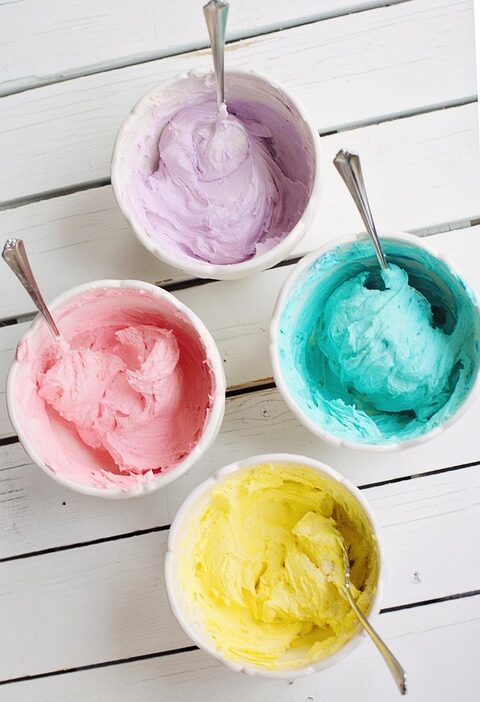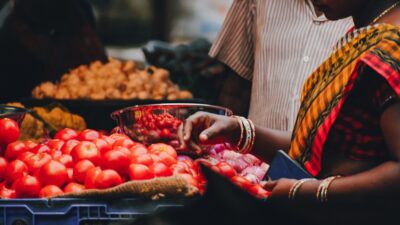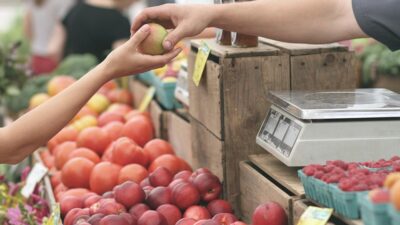Baking is both an art and a science, with its formulas and techniques often intimidating for beginners. However, understanding the fundamental principles of pastry and bread making can transform kitchen novices into confident bakers. This article aims to simplify the processes involved and inspire you to explore the world of baking.
The Fundamentals of Baking
Before diving into specific recipes, it’s crucial to grasp the core concepts that underpin baking. Every baking project starts with a few essential ingredients:
Essential Ingredients
-
Flour: The foundation of most baked goods, flour provides structure. Different flours contain varying levels of protein, affecting the texture of the final product. All-purpose flour is versatile, while bread flour, with a higher protein content, is ideal for yeast breads.
-
Water: Essential for hydration, water activates proteins in flour, leading to gluten formation. The right amount of water is key to achieving the desired dough consistency.
-
Fat: Often in the form of butter, oil, or shortening, fat enriches the flavor and adds tenderness to pastries and bread. It can also create flaky layers in pastry through the process of lamination.
-
Leaveners: Yeast, baking powder, and baking soda are responsible for making baked goods rise. Yeast ferments dough, producing carbon dioxide, while chemical leaveners produce gas through reactions with moisture and heat.
-
Sugar: Beyond sweetness, sugar contributes to browning and texture. It helps retain moisture, making baked goods softer.
- Salt: A flavor enhancer, salt also strengthens gluten and regulates fermentation, ensuring that yeast works effectively.
Pastry Making
Types of Pastry
Pastry can be categorized into several types, including:
-
Shortcrust Pastry: Ideal for tarts and pies, this pastry is made with a ratio of fat to flour, typically resulting in a tender, crumbly texture.
-
Puff Pastry: A flaky pastry created by layering dough and butter, then folding and rolling repeatedly. This technique produces hundreds of layers that puff up during baking.
- Choux Pastry: A light pastry made by cooking flour and water with butter, then adding eggs to create a dough that puffs up in the oven. It forms the base for éclairs and cream puffs.
Basic Technique: Making Shortcrust Pastry
- Mix the Dry Ingredients: Combine your flour and salt.
- Cut in the Fat: Incorporate cold butter until the mixture resembles breadcrumbs.
- Add Water: Slowly add ice water, mixing until the dough holds together.
- Chill: Refrigerate the dough for at least 30 minutes before rolling it out to prevent shrinkage during baking.
- Roll and Shape: Flatten the dough and fit it into tart or pie pans. Poke the bottom with a fork to prevent bubbling.
Bread Making
Types of Bread
Bread comes in various forms, each requiring different techniques:
-
Yeast Bread: Traditional breads that rely on yeast for leavening, resulting in a light and airy structure.
-
Sourdough Bread: Made using naturally occurring yeast and bacteria, sourdough has a distinctive flavor and a chewy crust.
- No-Knead Bread: A simple method requiring minimal mixing, this bread relies on time and fermentation to develop gluten.
Basic Technique: Making Yeast Bread
- Mix the Ingredients: Combine flour, water, yeast, salt, and any additional ingredients.
- Knead the Dough: This develops gluten, which gives bread its structure. Kneading by hand or using a stand mixer for about 10 minutes usually suffices.
- First Rise: Place the dough in a greased bowl and cover it. Let it rise until it doubles in size (about 1 to 2 hours).
- Shape and Second Rise: Punch down the dough, shape it, and let it rise again for roughly 30 minutes.
- Bake: Bake in a preheated oven at a temperature between 350°F and 450°F, depending on the recipe.
Troubleshooting Common Issues
Even seasoned bakers encounter problems. Here are some common issues and solutions:
- Dense Bread: Caused by insufficient kneading or too much flour. Always measure flour correctly and knead well.
- Soggy Pastry: Resulting from excess moisture. Make sure to blind bake crusts when needed and avoid wet fillings.
- Unrising Dough: Can occur if the yeast is expired or if the dough isn’t warm enough for fermentation. Always check your yeast and keep the dough in a draft-free environment.
Conclusion
Baking need not be a daunting endeavor filled with uncertainties. By mastering the basics of pastry and bread making, anyone can create delicious, homemade baked goods. With patience, practice, and a little experimentation, you’ll soon find yourself reveling in the joy of baking. So roll up your sleeves, gather your ingredients, and start your baking adventure today!



